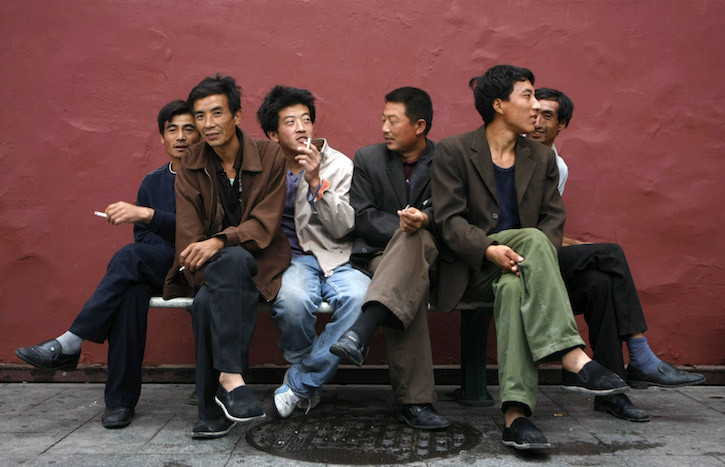
In a new Paulson Policy Memorandum, China Academy of Social Sciences economist Zhang Bin recommends policies that will grow China’s services sectors while minimizing risk from overinvestment in the industrial economy. By tracing the historical basis for China’s economic transition, Zhang argues that its growth slowdown and industrial stagnation are to be expected given China’s new status as a middle-income country. Key insights:
- China had become a services-oriented economy by at least 2013. The industrial sector’s share of total employment has been declining since 2012, while the share of manufactured goods in urban household expenditure has been falling since 2011, indicating the rise of China’s services economy.
- Barriers to the development of China’s services sector still remain. The dominance of state-owned enterprises (SOEs) in many of China’s services sectors is crowding out private capital. Since China’s SOEs are often not efficient market players, potential investment opportunities in the services sector are being left untapped. Distorted incentives at the local level also limit China’s ability to provide efficient public services, such as education and health care.
- Despite existing inefficiencies, Beijing has devoted most of its attention and resources to strengthening its industrial sector, not services. Excessive government stimulus to support distressed industrial firms is distorting resource allocation, delaying China’s economic transition. Attempts by the government to fight the services trend will inevitably lead to further distortions.
- Going forward, China should refrain from economic stimulus. Any effort to prop up distressed industrial firms will likely result in more debt, exacerbating China’s economic vulnerabilities. Instead, attention should be devoted to stabilizing the country’s labor market.
- China needs a new development strategy. After nearly seventy years of emphasis on industrial development, China should shift its policy and resources to target high quality healthcare and education, clean environment, and public services that support the welfare of its citizens.


